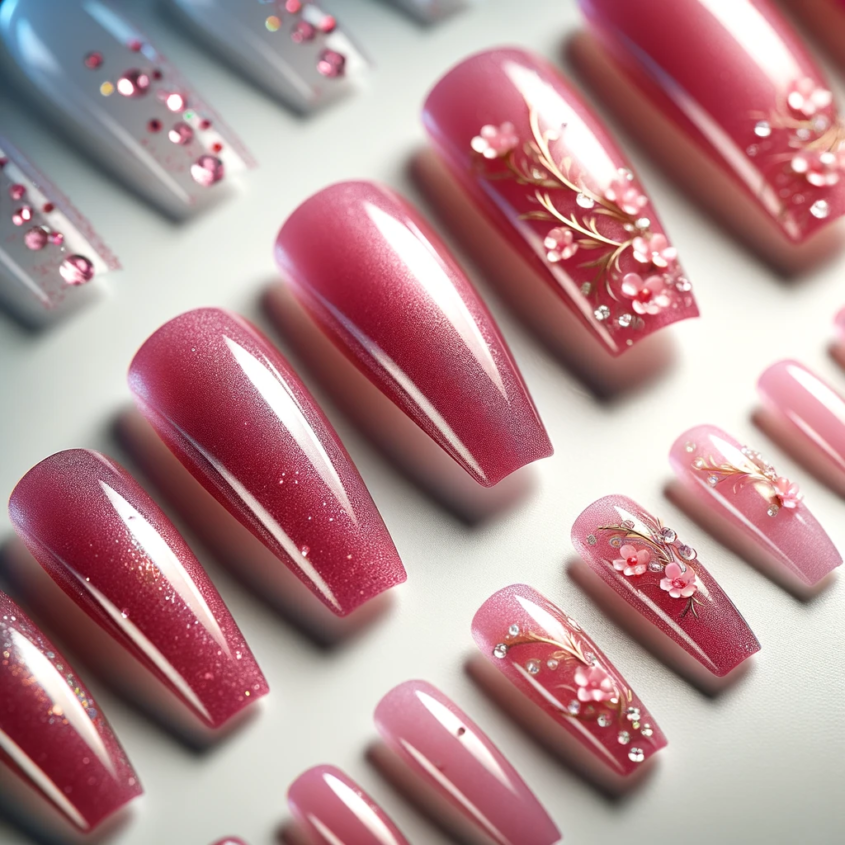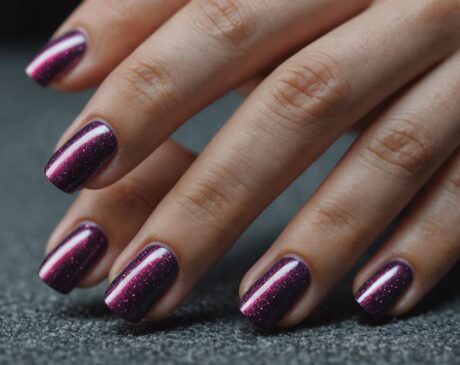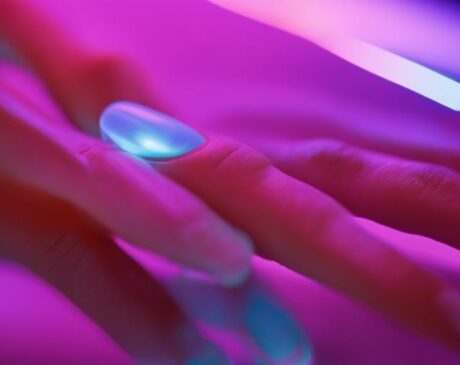Does Liquid Nails work on mirrors?

Liquid Nails is a brand of strong adhesive known for its high-strength bonding capabilities. It comes in a variety of formulas, each designed for specific types of materials and applications. Typically, Liquid Nails is used in construction and home improvement projects to secure wood, tile, metal, and more. It is formulated with ingredients for a long-lasting and durable bond that is resistant to the effects of weather, temperature changes, and humidity.
Using mirrors in interior design
Mirrors are interior design staples that are both functional and aesthetically pleasing. They can make a space appear larger, enhance natural light, and become a decorative focal point. When installing mirrors, especially large or heavy mirrors, the choice of adhesive is critical to ensure safety and durability. Not only must the adhesive hold the mirror securely in place, it must also be compatible with its backing material to prevent damage over time.
The Chemistry Behind Liquid Nails
Composition of Liquid Nails
The chemical composition of liquid nails varies depending on the specific product line. Generally, it contains a mixture of solvents, resins, and polymers that give it its adhesive properties. Some formulations may also contain rubber or silicone to increase their flexibility. The solvents make the product easier to apply, which aids in initial application, while the resins and polymers are responsible for the strength of the bond. As the solvent evaporates, the adhesive hardens and forms a strong bond.
Pros and Cons of Using Liquid Nails on Mirrors
Ages of installing mirrors with liquid nails
- Strong bond: liquid nails provide a strong and durable bond that can support heavy-duty mirrors.
- Versatility: works on a variety of surfaces, including drywall, wood, and some metals.
- Waterproof: some formulas are waterproof, making them ideal for use in the bathroom.
- Easy to use: easy to apply with minimal tools.
Potential Disadvantages
- Cure time: takes a significant amount of time to fully cure.
- Potential Damage: Improper use may damage mirror backing or walls.
- Removal Difficulty: once cured, liquid nails are difficult to remove and may leave a residue.
Alternatives to Liquid Nails for Mirrors
Other Adhesive Options
- Mirror Adhesive: a specialized adhesive designed for mirrors that is less likely to damage the backing.
- Double-sided adhesive tape: for lighter mirrors and easier to remove.
- Silicone Adhesive: Provides a strong bond and is typically used in high-humidity areas.
Mechanical Clamps for Mirror Mounting
- J-grooves or clips: mechanically fasten mirrors to the wall without the need for adhesives.
- French cleat system: ideal for heavy-duty mirrors, distributing weight evenly over a wider area.
Case studies and real-life examples
Successful applications
- Bathroom renovation: Liquid Nails have been used in many instances to successfully fix large bathroom mirrors, providing long-term stability even in wet conditions.
- Decorative mirrors: Successfully used in decorative interior design projects to adhere mirrors to various types of surfaces.
Lessons learned from failures
- Inadequate Surface Preparation: Failure to clean and prepare the surface resulted in poor adhesion and instances of mirrors falling off.
- Overloading: Incidents of using too much weight or the wrong type of adhesive resulting in falling mirrors highlighted the importance of correctly assessing the weight of the mirror and the capacity of the adhesive.
Expert advice and recommendations
Advice from interior designers
Interior designers often emphasize the importance of the correct adhesive for mirror installation. They recommend:
- Assess aesthetic impact: choose an adhesive that will not bleed or damage the mirror’s reflective coating so as not to detract from the overall aesthetics.
- Consider the setup: For areas with fluctuating temperatures and humidity (e.g., bathrooms), use a moisture-resistant adhesive.
Tips from professional installers
Professional installers offer practical tips:
- Weight considerations: They emphasize checking the weight limit of the adhesive and making sure it can support the weight of the mirror.
- Small area testing: always test the adhesive in a small, unobtrusive area of the mirror to check for any adverse reactions.
Safety and environmental considerations
Health and safety precautions
- Ventilation: Since liquid nails emit fumes, ensure proper ventilation during use.
- Protective Equipment: Use gloves and goggles to avoid direct contact with skin and eyes.
- Follow Instructions: Strictly follow the manufacturer’s instructions regarding application and curing times.
Impact on the environment
- Disposal: Take care in the disposal of adhesive containers. Liquid Nails should not be disposed of in the environment.
- VOC Emissions: Some Liquid Nails products contain volatile organic compounds (VOCs) that can cause air pollution. Select the low VOC option.
The survey indicates that Liquid Nails can be a viable option for mirror installation, providing strong adhesion and versatility. However, its applicability varies depending on the type of mirror, environmental conditions and safety considerations.
- Choosing the right product: Select a liquid nail formulation that is suitable for mirrors.
- Professional Installation: For large or heavy mirrors, consider professional installation to ensure safety.
Frequently Asked Questions
Can Liquid Nails be used on all types of mirrors?
Not all types. It is important to check that the specific Liquid Nails product is compatible with the mirror’s backing material.
How long does it take to fully cure Liquid Nails on a mirror?
Cure times may vary, but Liquid Nails usually takes at least 24 to 48 hours to set properly.
Are there any specific environmental conditions that need to be considered when using liquid nail polish on mirrors?
Yes, extreme temperatures and high humidity can affect the performance of the adhesive. It is best to work in moderate temperature and humidity conditions.
Can I remove Liquid Nails from a mirror without damaging it?
Removal can be challenging and may cause damage, especially to the backing of the mirror. Recommendations




